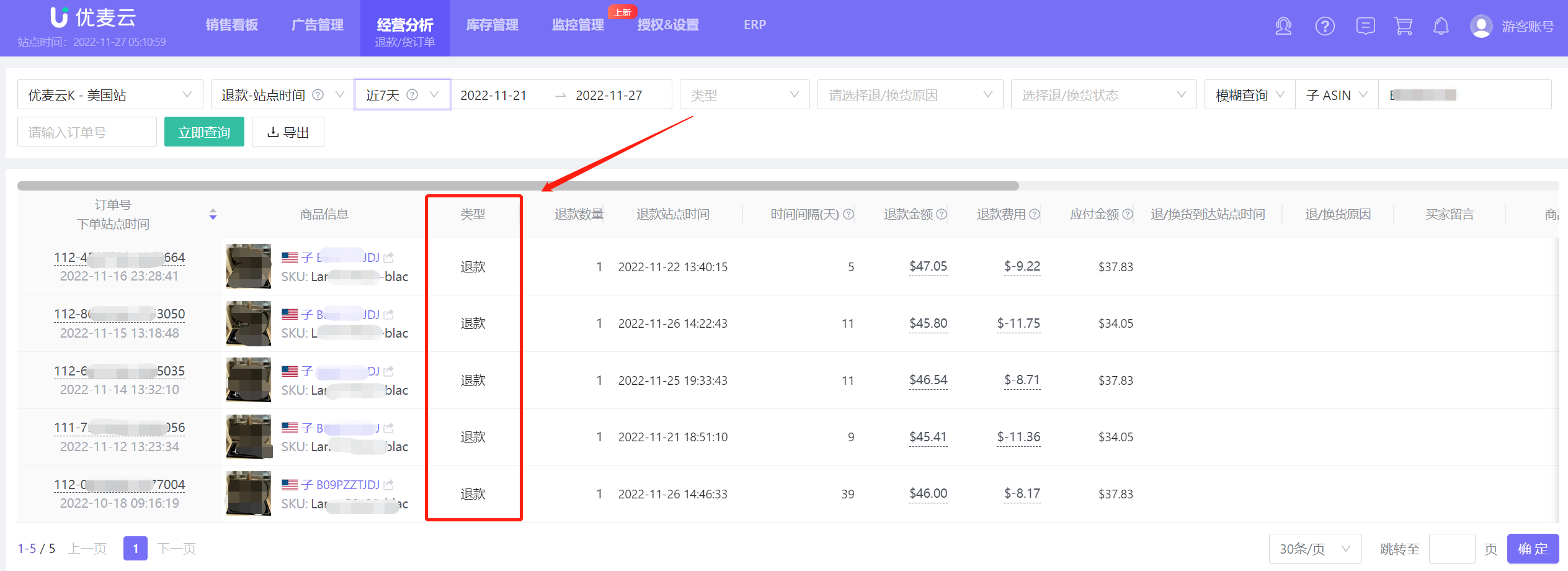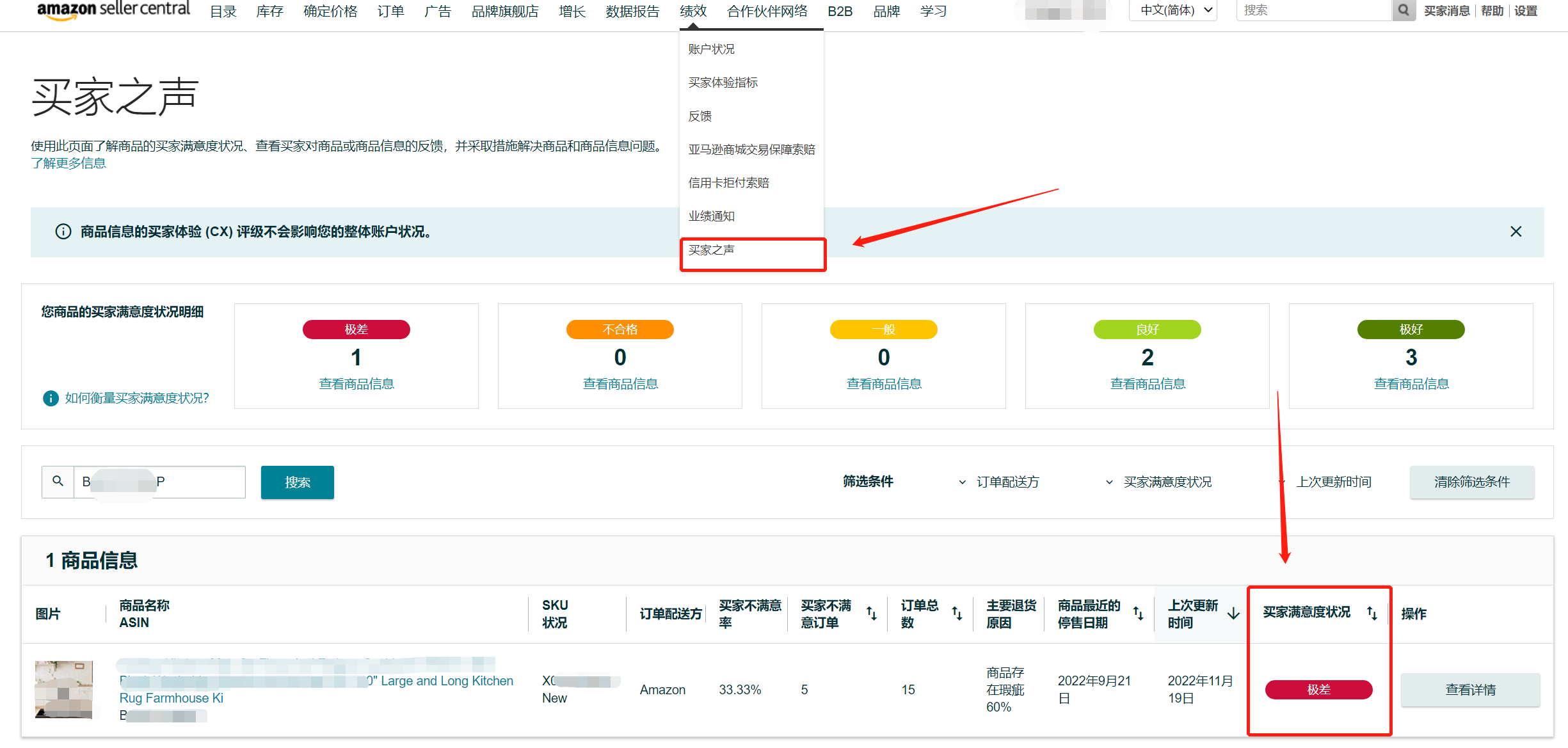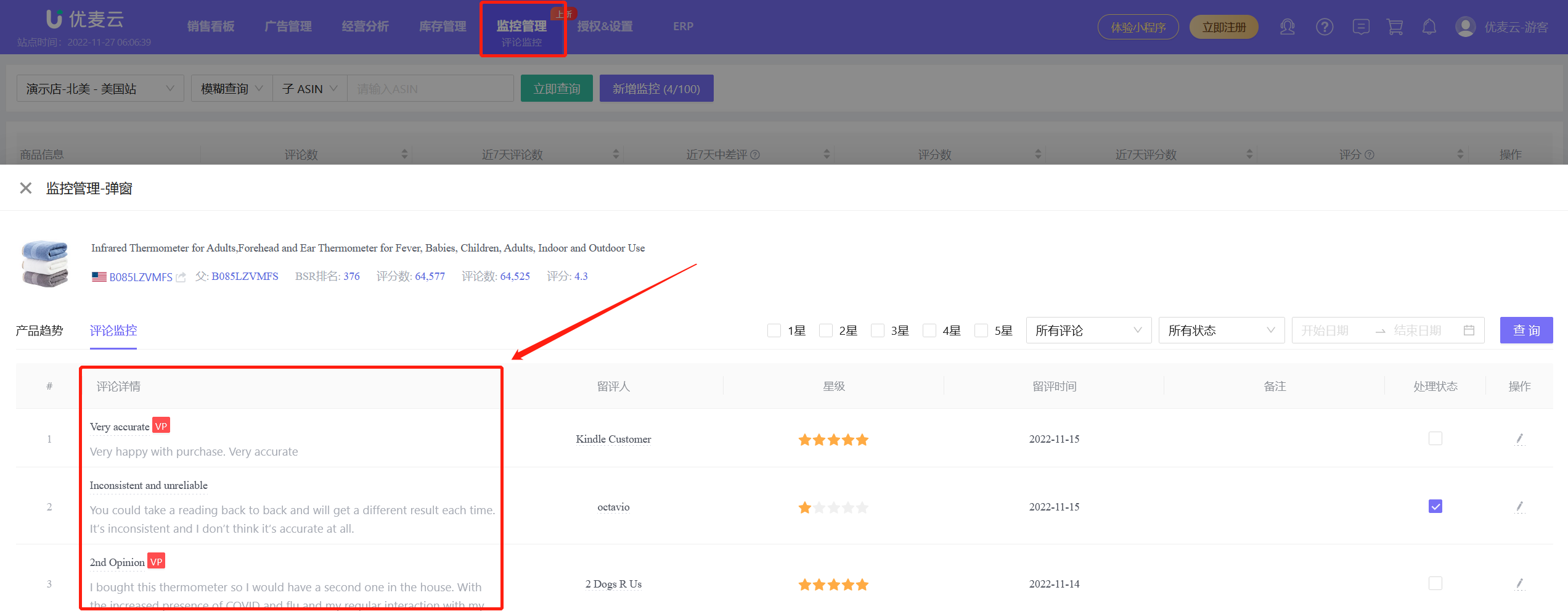Amazon Returns Exploding After Black Friday & Cyber Monday? Strategies to Combat the Return Rate Surge.
Every year after the Amazon holiday rush, sellers inevitably encounter a peak in returns. The happiness of a product "爆单" (experiencing a sales surge) in the early period is often matched by the severity of returns afterward.
So, what should sellers do to reduce profit losses caused by excessively high return rates?
Today, we will provide a detailed analysis.
I. Amazon's Policies on Refunds and Returns
Similar to previous years, Amazon's return window for 2022 was temporarily extended to encourage customers to shop early for the holidays. According to the 2022 Amazon extended holiday returns policy, most items purchased between October 11, 2022, and December 25, 2022, could be returned until January 31, 2023.
See the official notification below:
 +
+
(Source: Amazon Seller Central > Help Center)
In practical terms, dealing with normal buyer returns isn't frightening. As long as your product quality is up to standard, your product return rate will generally remain at a relatively stable level. Even during peak season, there’s only a short-term increase in product returns, and the overall return rate remains within a controllable range in the long run. What’s more concerning is when returns are manipulated, leading to situations of malicious returns.
II. What to Do When Faced with Malicious Returns
We all know that when a product's return rate is too high, the Listing may be suppressed by Amazon, product rankings can be affected, and in severe cases, the store may even be suspended. Therefore, the first thing to do, of course, is to analyze your overall return situation to determine if there are any malicious return orders.
1. Analyze Refund and Return Orders Promptly
Go to the [Refund & Return Orders] section in Youmacloud, filter by ASIN to analyze specific products, and view the corresponding refund and return reasons to quickly identify product issues, such as: quality issues, description issues, size issues, etc.
 +
+
(Source: Youmacloud > Business Analytics > Refund & Return Orders)
2. Pay Attention to Return Time and File Claims
Determine abnormal return orders based on the number of days between the purchase and return, for example:
- A large number of orders occurring in a short period, with a time interval of no more than 2 days, may indicate malicious competition.
- For orders where the return interval exceeds 60 days, you can directly file a claim with Amazon.
 +
+
(Source: Youmacloud > Business Analytics > Refund & Return Orders)
3. Analyze the Proportion of Refund and Return Types, Request Investigation
As a seller, you need to be aware that Amazon has a policy called "Refund without Return." Simply put, buyers can receive a refund for the item amount without needing to return the product.
If your product primarily shows refunds rather than returns, it may indicate an anomaly, such as "薅羊毛" (wardrobing or exploiting the system). At this point, you need to be vigilant and be prepared to conduct order source analysis at any time.
Note: Do not select orders from the most recent period for this analysis, because for recent orders, all refunds will be shown as "refunds" before the buyer's return logistics are updated. Only when there is corresponding tracking information will the refund status change to "return."
 +
+
(Source: Youmacloud > Business Analytics > Refund & Return Orders)
What should you do in this situation?
FBM Sellers: You can track the buyer's return frequency to see if they have made multiple purchases and returns in your store, and if the return reasons are inconsistent with the actual situation.
FBA Sellers: You can also request Amazon to check the product. If the condition of the item does not match the buyer's feedback, you can contact Amazon Customer Service, report policy violations, and explain detailed reasons.
In summary, when faced with malicious returns, don't be afraid. Apply to the platform immediately to protect your legitimate interests.
III. How to Effectively Address High Return Rates After Peak Season
When facing non-malicious buyer returns, how should you respond to reduce the high return rates after peak season?
1. Provide Products that Meet Buyer Expectations
Ensure that the products you sell, images, performance, and descriptions are consistent with the actual product. Avoid excessive exaggeration that may cause misunderstandings for buyers, leading to returns, such as putting an image of two items when the actual product is only one. You can also clearly state important product parameters and return policies in the description to make the actual situation of your product clearer to buyers.
2. Directly Address Negative Review Content and Improve Promptly
When buyers request refunds or returns, we need to understand the return situation and reasons as soon as possible to maximize buyer satisfaction. We also need to make effective improvements promptly based on buyer feedback.
 +
+
(Source: Amazon Seller Central > Performance > Voice of the Customer)
Monitor product reviews at any time, listen carefully to genuine buyer reviews, understand the product's strengths and weaknesses, and the core concerns of buyers, and quickly resolve areas of dissatisfaction.
 +
+
(Source: Youmacloud > Monitoring Management > Review Monitoring)
In addition, reasonable operational strategies, good inventory turnover, and high-quality products can all help us effectively address the occurrence of high return rates.
Finally, the Amazon holiday peak season is here. Both buyers and sellers are entering a frenzy. While experiencing sales surges, sellers should also pay close attention to product return rates.

SellerSpace is a concise tool to manage multiple Amazon accounts, focuses on solving various problems encountered by sellers during operating Amazon business.
Mail:support@sellerspace.com
©2018-2025 SellerSpace.COM All Rights Reserved
Online
Service
